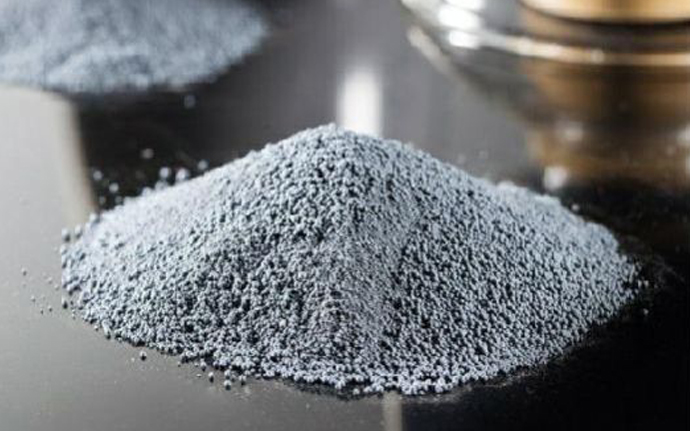-
blog
-
0 Comments
The Great Depression Building Design
Microsilica, also known as silica fume, is a by-product of the production of silicon metal or ferrosilicon alloys in electric arc furnaces. This ultra-fine powder, composed of amorphous silica, is a highly versatile material that has a range of industrial applications. In this article, we will provide a comprehensive overview of microsilica, including its properties, production process, and key applications.
Properties of Microsilica
Microsilica consists of very fine particles, with diameters typically ranging between 0.1 and 1 micron. These particles are significantly smaller than traditional silica particles and have a high surface area. The high surface area and reactivity of microsilica make it a valuable additive in several industries. Some of its key properties include:
-
High Reactivity: Microsilica reacts with calcium hydroxide in concrete, forming calcium silicate hydrate (C-S-H) gel, which improves the strength and durability of concrete.
-
High Purity: Microsilica is predominantly composed of silica, which makes it an excellent material for applications requiring high-purity silica.
-
Low Bulk Density: The small particle size of microsilica leads to low bulk density, making it lightweight and easy to transport.
-
Pozzolanic Activity: Microsilica exhibits pozzolanic behavior, meaning it reacts with lime to produce cementitious compounds, improving the performance of cement.
Production of Microsilica
Microsilica is produced as a by-product in the production of silicon metal or ferrosilicon alloys in electric arc furnaces. During the production process, silicon dioxide (SiO2) is reduced to silicon by carbon at high temperatures. The excess silica that does not react with the carbon forms microscopic particles, which are collected through a system of gas filtration. These fine particles are then processed and purified to produce microsilica.
The production process of microsilica can be summarized as follows:
-
Silicon Production: Silicon metal or ferrosilicon is produced by reducing silica in the presence of carbon in an electric arc furnace.
-
Collection of Fume: The excess silica fume is collected through a gas filtration system during the production process.
-
Purification and Processing: The collected fume is then processed to remove impurities and prepared for use in various applications.
Applications of Microsilica
Microsilica is widely used in a variety of industries due to its unique properties. Some of its major applications include:
-
Concrete and Construction: Microsilica is primarily used as an additive in concrete to enhance its strength, durability, and resistance to chemical attack. It improves the long-term performance of concrete by increasing its compressive strength and reducing permeability.
-
Refractory Industry: Microsilica is used in the production of refractory materials, which are essential for high-temperature applications such as furnaces and kilns. The fine particles help enhance the thermal stability and resistance to thermal shock of the materials.
-
Cement Industry: As a pozzolanic material, microsilica is often added to cement to improve the hydration process, resulting in higher strength and reduced shrinkage in the final product.
-
Silicon-Based Products: Microsilica is used in the production of advanced silicon-based products, such as solar panels and semiconductors, due to its high purity and excellent material properties.
-
Paints and Coatings: Microsilica is used in the formulation of paints and coatings to enhance their durability, resistance to abrasion, and overall performance.
-
Epoxy Resins and Composites: It is also used as a filler in epoxy resins and composite materials to improve the mechanical properties of the final product, especially in industries like automotive and aerospace.
Advantages of Using Microsilica
-
Enhanced Concrete Durability: Microsilica significantly improves the durability of concrete by reducing its permeability and increasing its resistance to environmental factors like moisture, chemicals, and freeze-thaw cycles.
-
Improved Strength: When used in cement and concrete, microsilica increases the compressive strength, tensile strength, and overall toughness of the material.
-
Cost-Effective: As a by-product of silicon metal production, microsilica is relatively inexpensive compared to other high-performance additives.
-
Environmental Benefits: By utilizing microsilica as a by-product, it reduces waste and contributes to more sustainable industrial practices.
Conclusion
Microsilica is a highly versatile material with a wide range of applications, particularly in the construction, cement, and refractory industries. Its fine particle size, high reactivity, and pozzolanic activity make it an essential additive for enhancing the performance of concrete and other materials. As industries continue to seek more sustainable and high-performance solutions, the demand for microsilica is likely to increase, offering both economic and environmental benefits.




Comments